To take photo’s of really fast events, you need a very short duration flash. A normal camera flash lasts about 1-3 milliseconds at full power. These pictures were taken using a home built microsecond flash, a thousand times faster.
Example: a bullet travels at 1000 feet per second (305 m/s), so in 1 millisecond it would be blurred out to a 1 feet (305 mm) long blur. Using a microsecond flash, the blur would be 1/1000 of a feet or 0.3 mm.
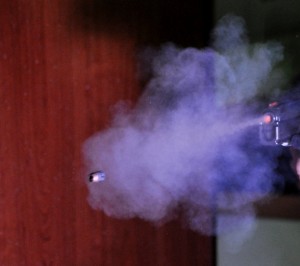
Microflash has more "stopping power" than a hollowpoint. Measured at 329 m/s or 1184 km/h using a chronometer. It rotates at 80120 RPM, once ever 9.7 inch.
The air-gap flash was built from readily available scavenged and new electronic components, very similar to the EG&G MicroFlash 549.
The flash was triggered by an Arduino microprocessor with user selectable delay of about 1 millisecond using a piezo microphone to detect the shot.
Main inspiration/information for (and warning against) building a similar flash unit can be found here.

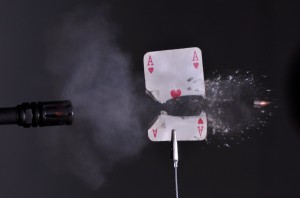
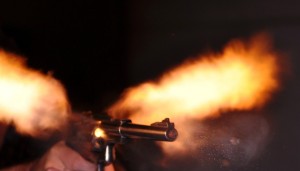
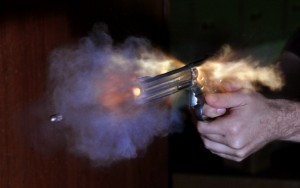
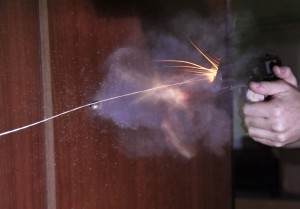
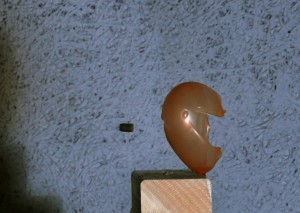
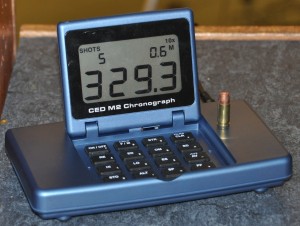
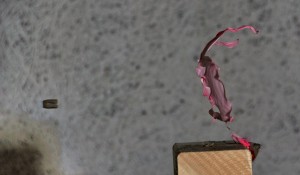
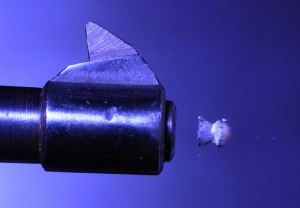

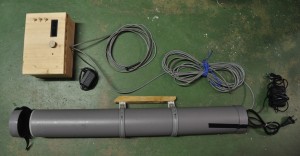
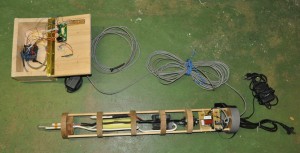
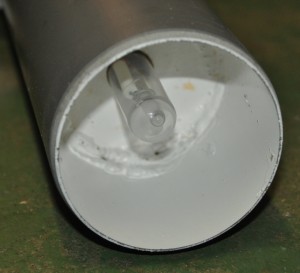
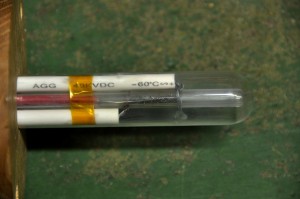
hi
do you have a parts list and specification schematic etc
this looks a real nice unit and some great results
regards
mark
I do not feel the current mechanical and electrical design is safe by my standards, leave alone by official standards.
And even when the design would conform to all safety standard, improper use still can result in death.
If the test tube breaks for example (not unlikely if you use it for ballastic photography), the 20 kV spark gap is open for touch.
If you still want to go ahead, have a look at the schematics at:
Maurice Ribbles blog.
Hi,
Maurice here. Thanks for the credit. Your design looks impressive.
I just wanted to say that my air-gap flash works fine. I just realize that I have more success focusing on the technical side of things and letting others handle the art of photography. I took some shots, but they didn’t look nearly as good at those done by others and since people like it when I use their photos I see no problem with that. I am really impressed by the artistic talent of photographers out there!
I did publish one of my air-spark photos, but even this photo is just a technical demo of what this flash can do. I submit exhibit A: http://www.diyphotography.net/files/images/3/high-speed-bullet-photography_00.jpg
[...] [...]
Magician North West…
[...]Microsecond air-gap flash photography | Niels Noordhoek’s weblog[...]…